
The evolution of YouTube stars
When YouTube had just been born, its founders promised to create a space where individuals could produce and upload their own content from the comfort of their own home. Everybody, influential or not, was able to share their videos on the platform and many young creators took it upon themselves to get their voices out into the world by posting short videos filled with humor, sketches, and different personas. The content uploaded by YouTube creators when the platform was first launched, however, is a far cry from what creators put out today.
In this article I am going to look at the ways in which the content produced by YouTube stars has changed over the last few years and discuss potential reasons for these changes.
The YouTube stars then and now
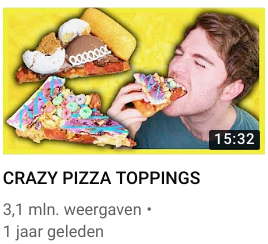
Figure 1: One of Shane Dawson’s videos from 2017
A creator that has been active on the platform for quite some time now is Shane Dawson. In 2008, he started making sketches and videos on YouTube in which he played different characters and impersonated celebrities. By 2010, he already had over half a billion views. Through the years, he has posted parodies and short, funny videos of him playing different characters, trying different foods, or testing weird products.
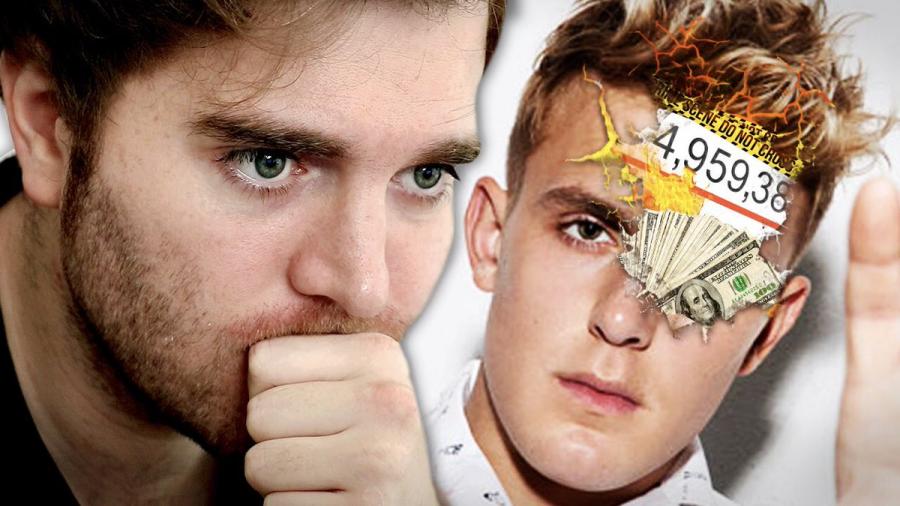
Figure 2: Cover photo for Shane Dawson’s docu-series about Jake Paul
Shane Dawson became known for his dark humor and witty portrayal of characters, but his current docu-series really revived his popularity and subscriber count. At the end of 2017, Dawson released his first docu-series on YouTube, in which he confronted his abusive father. Since then, he has made a variety of other docu-series, of which the ones about Jake Paul, Jeffree Star and TanaCon made his views and subscriber count skyrocket. Polygon even described these docu-series as a “new era of entertainment”.
Shane’s docu-series differ significantly from the videos he uploaded a few years ago. The main contrast between his old and new videos does not have to do only with their quality. As is the case with many other YouTubers', at the beginning of his career he simply filmed videos on hiswebcam, but he now uses high-quality camera equipment. The contrast between Dawson’s latest docu-series and his older, stand-alone videos also has to do with aspects of professionality and production.
Dawson’s videos from before 2017 were not “professional” or “high quality”. His docu-series, however, have gone through a far more complex production process. First of all, Shane Dawson does not film and edit these videos by himself like he used to. To make the filming and editing process of these videos are bit easier, Dawson has enrolled the help of someone who films for him, and helps him edit.
The YouTuber even revealed that he had over 100 hours of footage for most of his docu-series. This makes the series stand apart from Dawson’s older videos, of which he filmed several every single day. The filming of the docu-series is an entirely different story - the filming and editing took multiple days. On top of that, these docu-series are divided in multiple parts, most of them being 40 minutes long and released individually over the course of a week. Dawson even made trailers for his series to get people to look forward to the content.
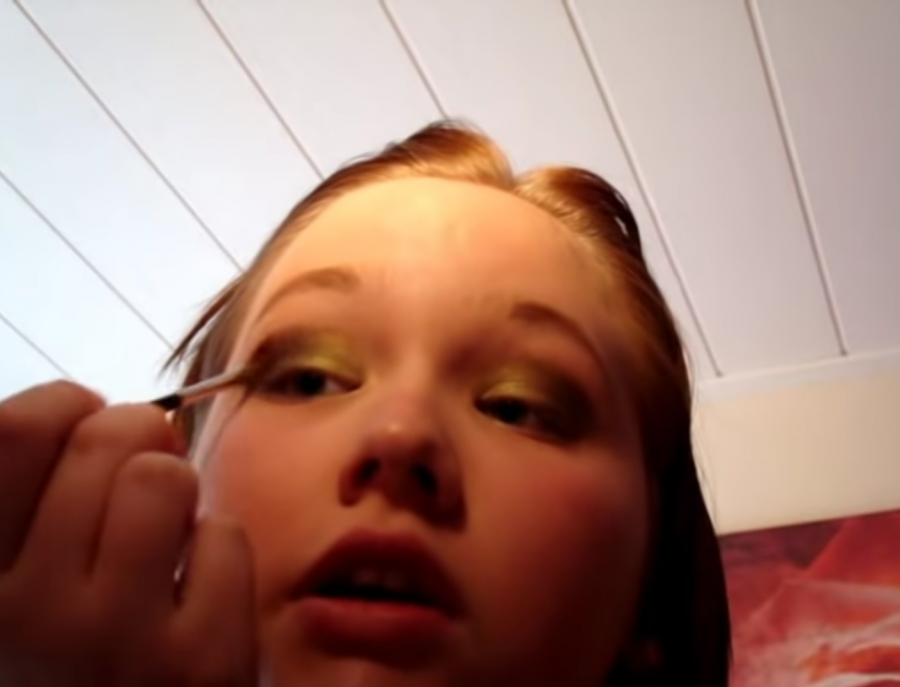
Figure 3: Screenshot taken from NikkieTutorials’ first video on YouTube
Another big creator on YouTube is the Dutch makeup artist and beauty vlogger NikkieTutorials. As of January 2019, she has over 11 million subscribers and over 987 million views. 14-year-old Nikkie posted her first video in which she showed herself doing her makeup in 2008.
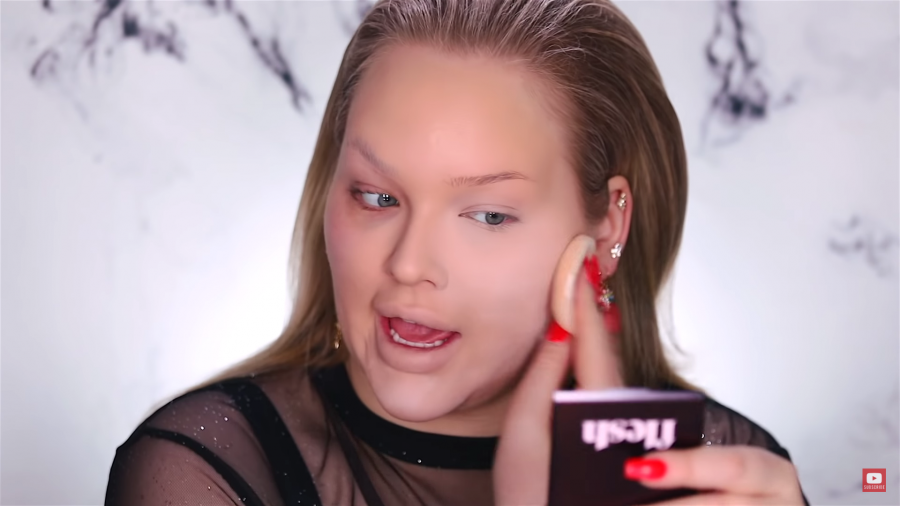
Figure 4: Screenshot taken from one of NikkieTutorials’ latest videos
Figure 3 is a screenshot of Nikkie’s first video that she uploaded to YouTube, and figure 4 is from one of Nikkie’s latest videos. The changes are undeniable. The look of her first video is not the greatest - the angle is awkward, the lighting is not the best and both the camera and the audio quality is poor. In this video, Nikkie used a simple camera in her bedroom with no other professional equipment. The editing is simple, with merely some plain transitions and some background music.
Fast forward to her latest videos and you can see that, quality-wise, her videos have improved a lot. Not only have both the camera and audio quality improved by miles, but the creator now also makes use of more professional equipment, such as a better camera, filming lights and a better microphone. On top of that, NikkieTutorials is not an actual one-woman show anymore - a professional cameraman now assists her during filming. She also makes use of a professional set and backdrop, which give her videos an overall more professional feel. The editing has also become more advanced - the same, simple transitions and background music are still present, but the YouTuber now also incorporates her own, personal logo into her videos.
The alternative to television?
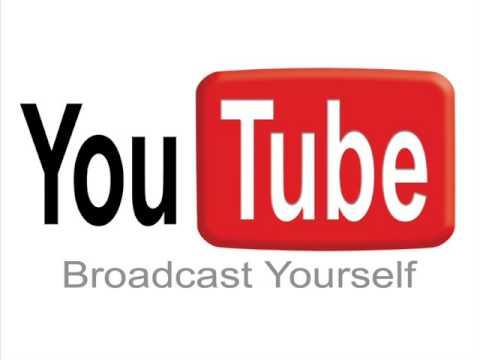
Figure 5: YouTube’s new motto
When YouTube was first launched, the platform’s logo was “Your Digital Video Repository”, which stood for YouTube’s initial image as a collection of home videos. The motto then changed to “Broadcast Yourself” when YouTube was purchased by Google in 2006. This new motto hinted at the site’s brand as not only a host for homemade content, but also as a space for professional content that is already being broadcast on television.
YouTube has been prioritizing television features over things such as social networking and group interaction
In the last couple of years, YouTube has been prioritizing television features over things such as social networking and group interaction. This was mostly visible in the modification of the YouTube interface in 2011 when the platform’s home page really obtained the appearance of television. Instead of displaying itself as a collection of videos, the site was now organized by means of channels (van Dijck, 2013).
The format and content of Shane Dawson’s docu-series, for instance, come awfully close to the “old-fashioned” tv shows that appear on television. This transformation of the traditional YouTube content that we know and love should thus be exactly up YouTube’s alley. Shane Dawson’s new YouTube series seem to fit YouTube’s desire to present itself as an alternative to television perfectly. The 40-minute parts give the viewer the feel of television episodes and the in-depth content combined with the editing is really not very different from what we are used to seeing on television.
The moving on
So far we have seen that YouTube stars are trying to spice up their content and attract more viewers by producing their videos in a more professional way, but there are more ways in which YouTubers are trying to change the old version of themselves. One of them is leaving behind the platform altogether. The reign of YouTube stars is not confined to the YouTube platform anymore. Dozens of YouTubers have moved away from the platform by creating and publishing outside of their YouTube videos. These creators can now add releasing books, starring in Hollywood movies, and creating music outside of YouTube to their résumé. One of the most notable examples of these Jack-of-all-trades is singer, songwriter, actor, and ex-YouTuber Troye Sivan.
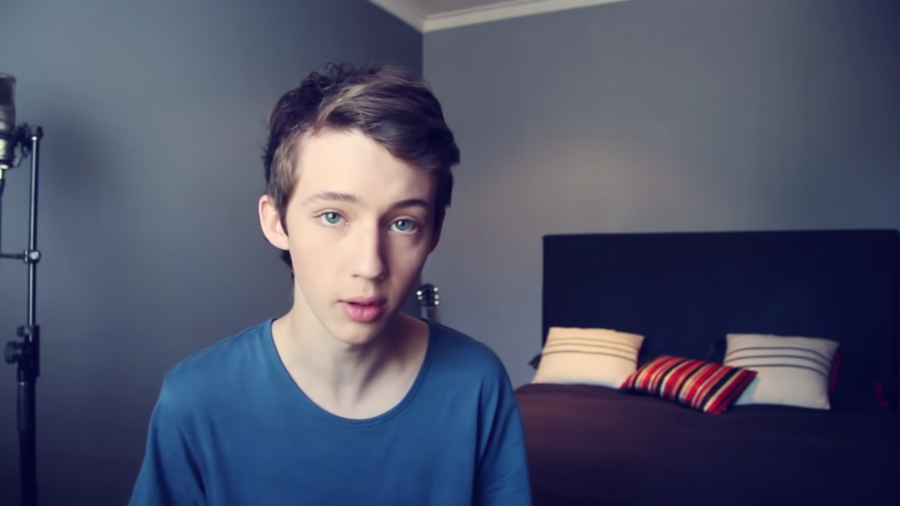
Figure 6: Screenshot taken from one of Troye Sivan’s videos from 2012
Troye Sivan might have started his road to fame on YouTube by uploading short videos about his life and occasionally uploading covers of his favorite songs, but his career really took off when he signed with music corporation Universal Music Australia in 2013. Since then, he has released two albums and gone on two worldwide tours. He was even nominated for a Golden Globe in 2018 for Best Original Song. But his success does not stop there - Sivan has also acted in multiple Hollywood movies.
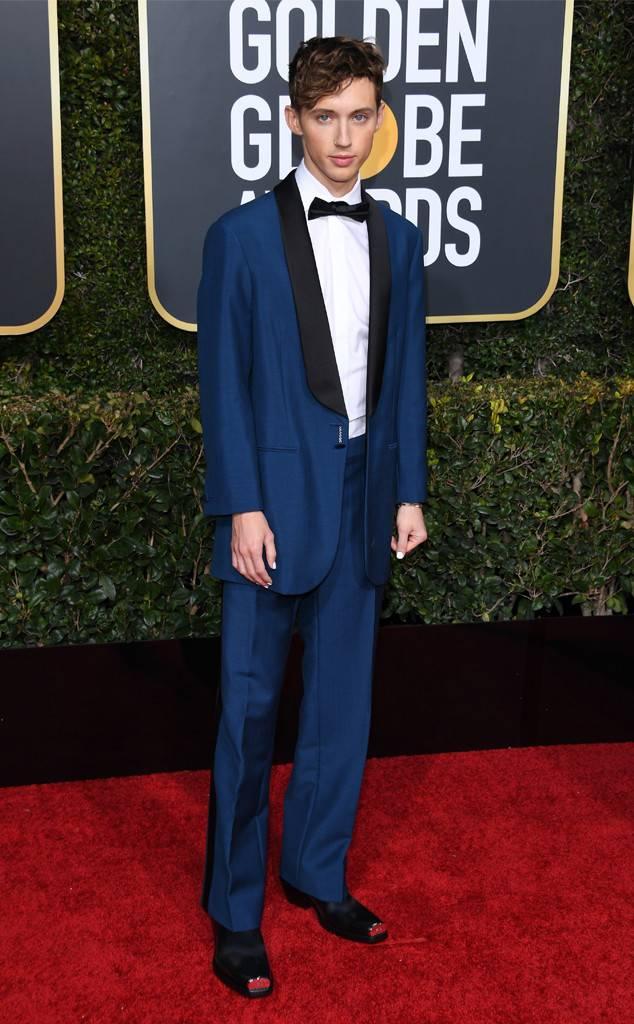
Figure 7: Troye Sivan at the 2019 Golden Globes
Troye Sivan is one of the many YouTube stars who have started building their business outside of YouTube. Sivan, however, has taken this to the next level by quitting creating YouTube videos completely and solely focusing on his music career. He admitted that he quit YouTube altogether because he wanted to be taken more seriously as a musician. He did not want to be seen as a YouTube creator who got lost along the way and ended up making music. He wanted to be seen as a real artist.
The YouTube algorithm
More and more YouTube creators are slowly but surely leaving their old YouTube career behind, either by moving onto another platform or by changing their content. This has partly to do with the underlying mechanisms of how YouTube works, and the difficulties for creators that come with them.
One of the biggest struggles that YouTubers encounter on the platform is the infamous algorithm. YouTube used to be seen as an unmediated platform on which amateur performers would be able to have their “breakthrough”, but throughout the years it became clear that the amount of attention and fame a user is able to get is heavily influenced by YouTube’s mechanisms (van Dijck, 2013). Many YouTubers have published videos on what is now seen by many creators as the technological embodiment of satan: the underlying algorithms of YouTube. They state that the algorithm discourages them from making videos and that it is “killing good quality content”.
YouTube might not influence what viewers encounter on the platform by means of a programmed flow, but the platform’s content is very much regulated by search engines and algorithms. YouTube’s algorithm selects and filters the 400 hours of content that is uploaded every minute, and this affects which videos users are finding and watching. Viewers might have the impression that they can decide for themselves which videos they watch or do not watch, but little do they know that their behaviour is heavily influenced by referral systems, search functions, and ranking mechanisms (van Dijck, 2013).
YouTube promotes a quantity-over-quality way of thinking
YouTube channels that upload long videos regularly and stick to the same type of content will benefit from the workings of the algorithm. Their videos will, for instance, show up in the “most popular” videos or simply be recommended more. This way, YouTube promotes a quantity-over-quality way of thinking and many creators have come forward and confessed that this mindset has caused them a great deal of stress and anxiety. One of these creators is Elle Mills, who experienced a burn out at the age of 19 due to the pressure of social media. She recently took a break from YouTube to focus on her mental health.
YouTubers’ problems with the workings of the algorithm are closely related to what is known as the popularity principle, which means that the more popular you are on social media, the more valuable you become, because more people will want to connect with you due to your popularity (van Dijck, 2013). Connecting this to the workings of the algorithm, this once again means that those who get more likes, more comments, and thus have mastered the workings of the popularity principle, will be connected with more people and will be more visible on the platform than others.
Those who do not surrender themselves to the YouTube mechanisms that shape what viewers see on the platform will feel the mental pressure of the popularity principle breathing down their neck
Those who do not surrender themselves to the YouTube mechanisms that shape what viewers see on the platform will feel the mental pressure of the popularity principle breathing down their neck. Due to the algorithm, certain creators will get featured less on the platform, and this will subsequently lead to them getting less views, less likes, less comments - essentially less visibility and popularity, and this is where the snowball effect starts. Those YouTubers who become more unpopular get stuck in a spiral where they keep getting less and less popular. While the creators not favored by the algorithm can see themselves sinking lower and lower on the list of popular YouTubers, those who are favored can see themselves garner more attention and connections, and thus become even more popular.
The demonetization
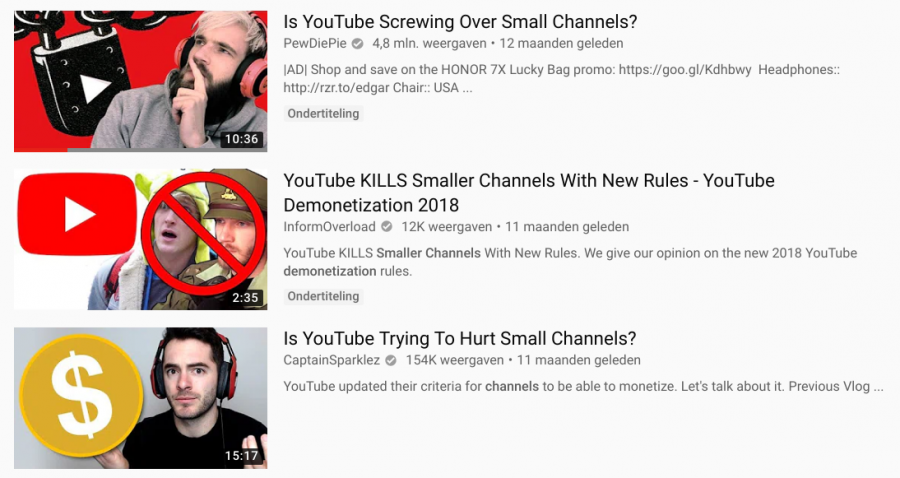
Figure 8: YouTuber’s take on the monetization program
In 2018, YouTube announced in a blogpost that they were introducing changes to their monetization program. This caused an outrage among creators, mostly those with a relatively smaller following. Because of the renewed monetization program, small channels are now unable to make money off their videos unless they have more than 1,000 subscribers and 4,000 hours of view time in the past 12 months. In a blogpost, YouTube states that these changes are to make sure that the content that is uploaded to the platform is up to the company’s community standards.
Not only are small channels feeling the burn of the demonetization policies, but relatively bigger YouTubers, such as Philip DeFranco and Casey Neistat, are also hurting from the new program. Videos that deal with what are considered to be 'mature' topics, such as sexual intercourse or the LGBTQ community, or that include swear words, are kept from the trending page, the homepage and the recommended tab. Furthermore many viewers of YouTubers like Philip DeFranco have claimed that they have a lot more difficulty finding certain uploads of his on the platform than they had before the new policies. The videos are also not appearing in the personalized section on the homepage. YouTube is simply making the videos hard to find, which leads to many creators losing views.
As a result of these developments, many creators have admitted to considering potentially moving to a different platform to be able to earn enough money to keep creating videos. DeFranco also noted in one of his videos that he might have to look into doing other projects alongside his YouTube videos to be able to support himself and to expand his business. He is not alone in wanting to move to a a different platform - Casey Neistat also recently made a video revealing that he is working together with a platform outside of YouTube to support smaller creators who are hurting due to the new monetization program.
YouTube's ecology and new YouTube stars
In the past few years, the belief that YouTube’s main function is for amateur producers and performers to share their content has slowly but surely diminished. The bar for the quality of YouTube content has increased drastically since the launch of the platform. It does not suffice to simply turn on your webcam and film a funny challenge anymore. Amateurs will not become popular on YouTube as easily as they used to. YouTube stars are even willing to leave the platform, either to create a new name for themselves, or get rid of the limitations that YouTube creates through its algorithms and the demonetization program.
The belief that YouTube’s main function is for amateur producers and performers to share their content on has been diminishing
Viewers thus expect YouTube videos to have a professional aspect, whether that is in the audiovisual quality, like in NikkieTutorials’ videos, or because of the in-depth content, like in Shane Dawson’s docu-series. This switch from amateur content to more professional content is visible in the cases of many YouTubers. When NikkieTutorials uploaded her first video, she was nowhere close to being a professional. More than 10 years later, however, she has not only obtained more than 11 million subscribers, but she has also upped the professionality level of the content that she is putting out. With her upgraded equipment, cameraman, and video backdrop, her recent videos could not be more different from the videos she made at the start of 2008.
Shane Dawson, on the other hand, became popular on YouTube by uploading funny, short videos and parodies in the early years of the platform, and now, more than 10 years later, he is still popular due to the changes in his content throughout the years. His in-depth docu-series, with their professional production, come very close to the shows we see on television. All in all, YouTube has come a long way from its beginnings as “Your Digital Video Repository”, and as this article has shown, the changes in the platform itself continue to shape the kinds of YouTube culture(s) we have.
References
Alexander, J. (2018) YouTubers look to new platforms after viewer suppression, demonetization issues
Stokel-Walker, C. (2018) Why YouTubers are feeling the burn
Van Dijck, J. (2013) The culture of connectivity: A critical history of social media. New York, NY: Oxford University press.